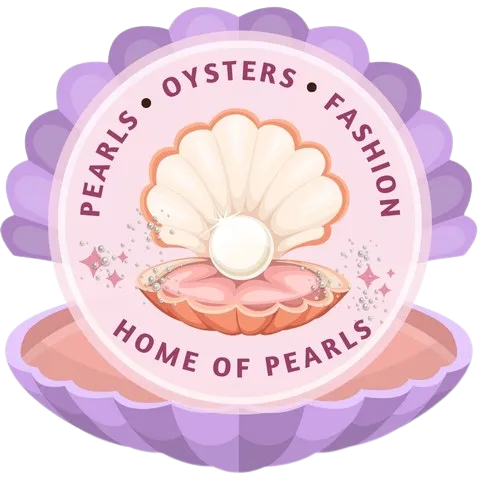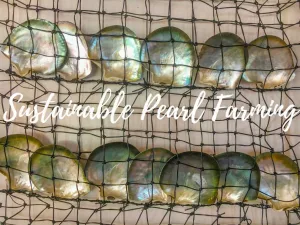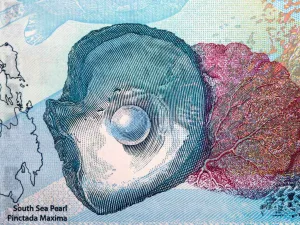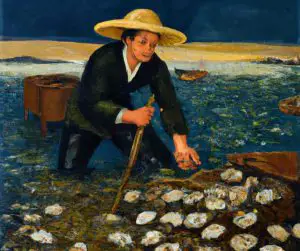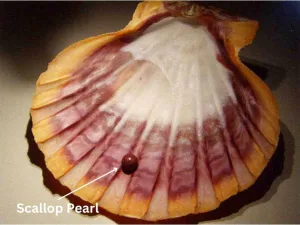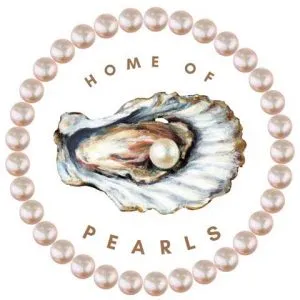Specifically, Scottish pearls come from several rivers in Scotland, most often the Tey and Spey Rivers, among others. They are considered some of the best pearls in the world when it comes to overall quality and beauty, and they can come in colors such as gray, rustic brown, white, cream, and even shades of pink and lilac.
Scottish pearls are extremely rare and found in freshwater bodies only. They come from a mussel known as the Margaritifera margaritifera, and they have a very unique and attractive luster and color. As soon as you take a look at Scottish pearls, you’ll notice a difference between them and basic Oriental pearls.
They have such a unique beauty, and their colors usually have very subtle but gorgeous differences. They are also expensive because they come in many unique shapes, which truly makes them one-of-a-kind.
Table of Contents
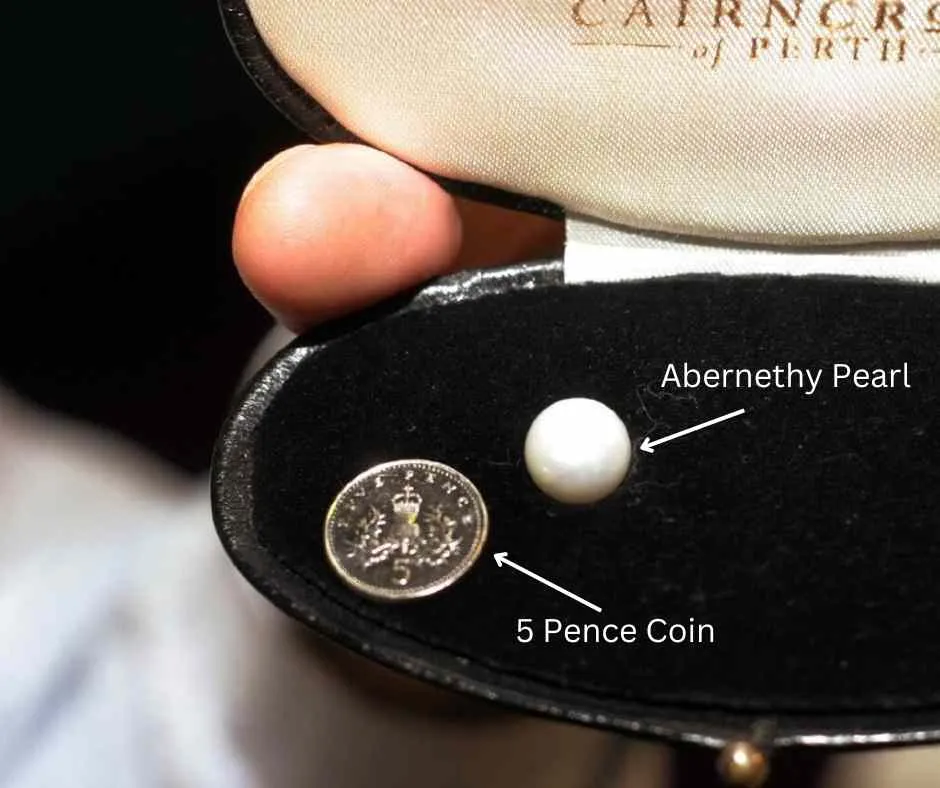
The most expensive Scottish pearl, the Abernethy pearl (Little Willie), discovered in 1967 in Scotland, is a unique phenomenon due to its large size and the fact that it originated from an oyster (Margaretifera mussel) that had been living in freshwater.
Extinction and Rarity
The mussels that make Scottish pearls used to be a lot more common than they are now, and the mussel itself, when left alone, can live for roughly one hundred years. Still, in recent years more and more people have started to disturb their beds in an effort to find this special type of pearl.
Eventually, the mussels started to become extinct, with an average of two rivers becoming depleted of them every year from 1970 to 1998. Nowadays, it is a protected species and is not allowed to be removed from the wild.
Because of this, there were more Scottish pearls found in the past than in very recent years, but the general numbers are still low. In other words, finding a Scottish mussel pearl is still very rare, and when you combine that with the fact that the beauty and luster of the pearl are so unique, it’s easy to understand why these types of pearls are now considered so special.
For the most part, this pearl is fished by traveling fisher people and a small number of professionals, including a man by the name of Bill Abernethy, who is somewhat of a celebrity in this part of the world.
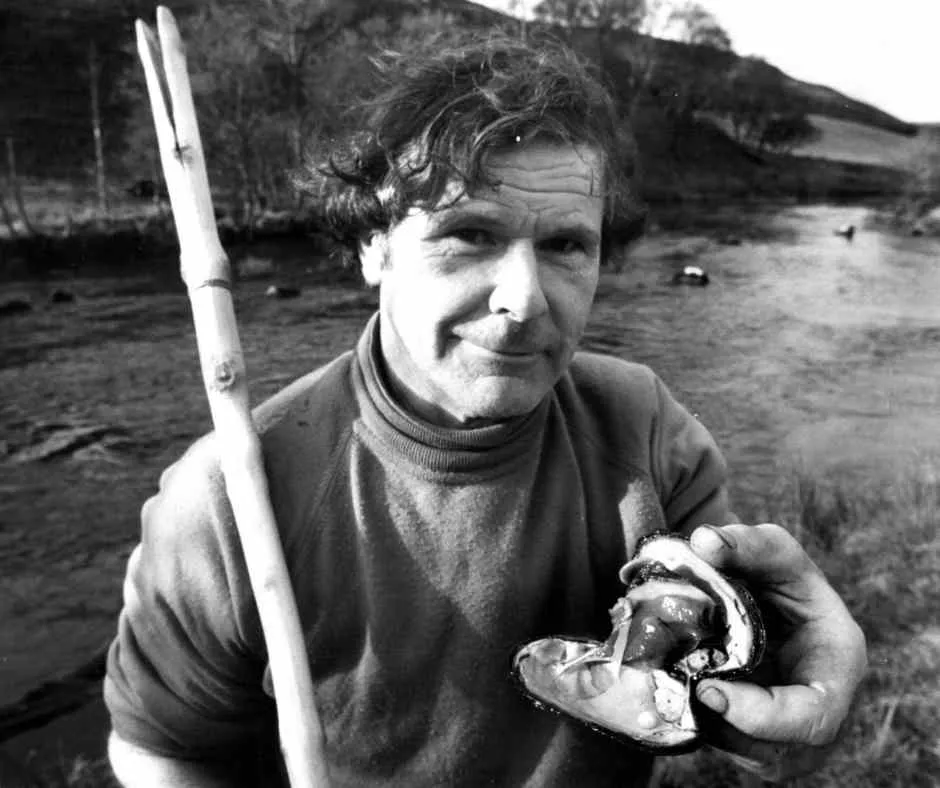
Interestingly, these days there are only two jewelry stores that sell Scottish pearls. One is in Edinburgh, and the other is in Perth. Is this because they have exclusive rights to sell this type of pearls or simply because there aren’t enough Scottish pearls to go around?
No one knows for sure, but the fact that you can only find the pearls at two jewelry stores can explain why they are so unique as well as expensive. It might also be this way because right now, you have to have a license from the Scottish government if you want to remove, disturb or sell the type of mollusks that create Scottish pearls.
What are Freshwater Pearl Mussels?
The Margaritifera margaritifera mussel is similar to the ordinary marine mussel except for two things: freshwater mussels live much longer, and they grow much larger than the latter. Many of these mussels can grow as large as your hand and start out as dark brown or even black in color.
And because of the way the laws are written, even if you own some jewelry containing Scottish river pearls that have been in your family for decades and you wish to sell it, you’d have to have a license from the government to do so.
Since it takes a special license to harvest or disturb the mussels in the river water, as well as to sell jewelry made with Scottish pearls or just the pearls themselves, this makes the pearls even rarer and, therefore, much more expensive.
Of course, these are also beautiful pearls of which no two are alike, so their uniqueness is yet another reason for their high price. They truly have a look that is unlike many other types of pearls in their luster, color, and overall shine.
Conclusion
Scottish river pearls are very rare and are only found in certain rivers in Scotland. They come in many colors and have a unique shine and luster to them, and they also come in many different shapes.
Jewelry made with this type of pearls can only be found in two stores in Scotland, in part because you need a license from the government to do anything regarding Scottish pearls.
